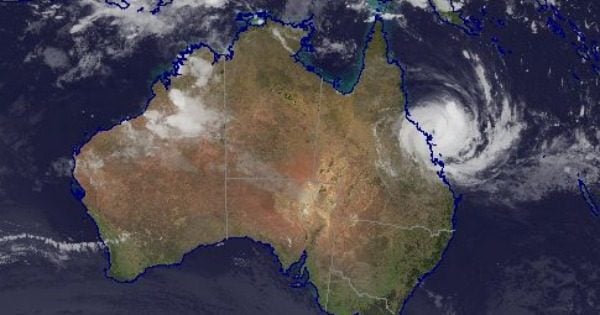Residents are hunkering down as Cyclone Debbie bears down on north-east Queensland this morning. Here’s everything you need to know about the worst tropical storm to hit Queensland in six years.
Where is she?
At 5am AEST (6am AEDT) on Tuesday the Bureau of Meteorology indicated Debbie was about 105km east northeast of Bowen. Hamilton and the Whitsunday Islands are already being lashed by big gusts and heavy rain. Mass power outages have been reported. At 6am AEST, the eye of the cyclone was hitting the Whitsunday Islands.
Where’s she heading?
Debbie is moving south-southwest at 9km/h towards the north Queensland coast with a forecast landfall between Ayr and Midge Point, near Bowen, around 1pm on Tuesday AEST.


